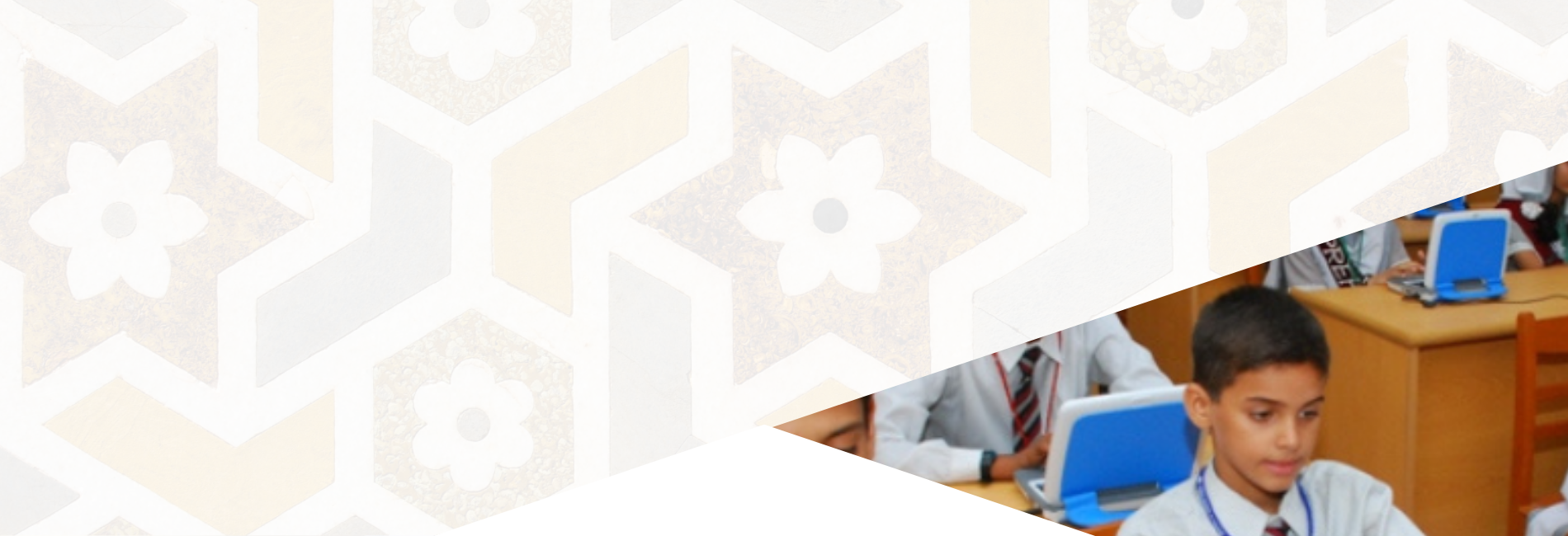Is Classroom Technology a Panacea to Save Struggling School Systems?
Universal primary education was established as one of the 8-millennium development goals at the turn of the century. Countries have made varying leaps towards this goal, vastly expanding access with an aim to attain near-universal primary enrollment. However, gaps still persist on this question of access. In addition, when it comes to education quality, more schooling does not guarantee better learning.
With the current bulge worldwide in primary enrollment, students who are first-generation learners are often left without learning support at home. Add to this a shortage of effective teaching resources, and the world is left with what the World Bank calls a ‘learning crisis’ in which the increasingly heterogeneous needs of students are left unattended. A classic longitudinal study (LEAPS) from the Pakistani Punjab, for instance, indicates that many children at the end of Class 3 are unable to perform basic mathematical operations—although 90 percent know how to add single-digit numbers, only 65 percent can subtract single-digit numbers and 19 percent can divide. In Urdu, students cannot even write basic sentences. These learning deficiencies start in primary school and are exacerbated at the middle and secondary school levels as students progress to more advanced material, especially in STEM subjects (this is all assuming they do make it to post-primary).
A lack of qualified teachers, ineffective teaching practices and pedagogical techniques, outdated or irrelevant textbooks, and the absence of adequate assessment systems contribute to the learning lags identified through such studies. Technology-enabled instruction seems a promising approach to meet this pressing need for delivering higher quality education. Many governments have attempted to expand access to instruction through various information and communications technology (ICT) tools. The existing literature has found mixed evidence on the effect of the introduction of new technologies, often related to the amount of training received by teachers or the existing knowledge of students.
In 2004, the Chinese Ministry of Education embarked on the implementation of one of the largest ed-tech interventions in the world, connecting high-quality teachers to more than 100 million rural students through lectures and learning tools delivered over the internet. Similarly, the Telesecundaria program sought to expand junior secondary education in Mexico through schools using televised lessons. These programs are shown to have positive impacts on learning and labor market outcomes. Many governments have also adopted at-home technology, commonly through “one laptop per child” programs, though those are largely ineffective in raising test scores. The installation of computers in Colombian public schools did not lead to increases in learning because they were not integrated into the learning process. In contrast, a computer-aided instructional program in India that delivered customized material and assessments tailored to the learning and progress of each individual student was very successful.
A recent project by Sabrin Beg, Adrienne Lucas, Umar Saif, and Waqas Halim used two parallel randomized controlled trials (RCTs) in Punjab, Pakistan to test two alternative models for increasing student achievement: one largely bypassed teachers and encouraged independent learning, and the other encouraged existing teachers to become more effective and provided students a more engaging learning environment. Both models represented two versions of the government’s eLearn program to improve student learning in government middle schools in math and science by providing brief videos of expert content. The two models, eLearn Classrooms and eLearn Tablets started from the premise that both students and teachers could benefit from high-quality explanations of concepts already present in the official science and math curriculum. Electronic copies of official textbooks, short videos of expert teachers explaining concepts from the official curriculum, a few multiple-choice review questions to use after each video, and simulations to demonstrate complex ideas, e.g. photosynthesis, were loaded on digital tablets.
The mode of delivering the content to the students differed across the two models. eLearn Classrooms integrated material within the class as only teachers received the pre-loaded tablets. To convey curricular material to students, teachers could project the content onto a project-installed LED screen.
eLearn tablets used a more independent learning approach. Students received individual tablets with math and science content, but only science teachers received tablets. Teachers were not provided with the means to display tablet-based content to their entire class. Students could take the tablets home to continue learning and could use them in school even if a teacher was absent.
Student learning was measured using independent tests conducted before and after the intervention; student test scores in math and science increased by 0.3 standard deviations, which was 60 percent more than the control group score change over the same period. Students in the eLearn Classroom intervention also scored higher on the math and science sections of the standardized 8th grade PEC examination and were also more likely to pass the exam. On the other hand, students in the eLearn Tablets group scored 0.4 standard deviations less than the control group.
Sabrin Beg is Assistant Professor of Economics at University of Delaware
Mahbub ul Haq Research Centre at LUMS
Postal Address
LUMS
Sector U, DHA
Lahore Cantt, 54792, Pakistan
Office Hours
Mon. to Fri., 8:30 a.m. to 5:00 p.m.





